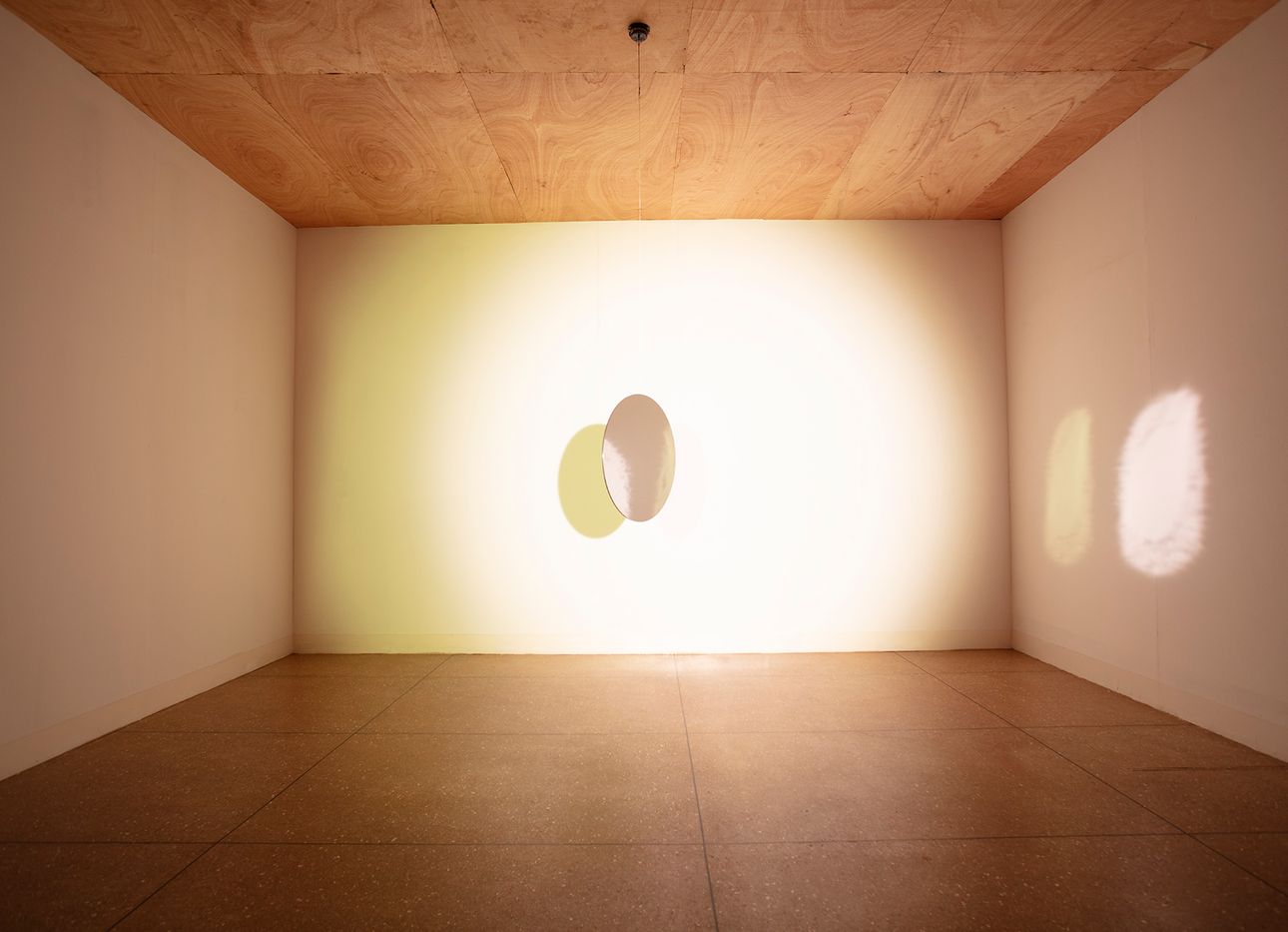
A Multi-Venue Exhibition in Ghana Seeks to Shift Perspectives Through the Lens of Time
The underlying vision for “A Diagnosis of Time: Unlearn What You Have Learned,” a collaborative exhibition between the ARoS Art Museum in Aarhus, Denmark; the Savannah Centre for Contemporary Art (SSCA) in Tamale, Ghana; and the Ghana Museums and Monuments Board (on view through November 3), is both literally and figuratively timely: It seeks to shift the ways we think about the passage of time in our modern world. “We conceive of time as something that develops very chronologically,” says one of the show’s curators, Selom Kudjie. “But we also have a sense of simultaneity that’s involved in time. Two things can be happening at once, but not in the same location.” (A related exhibition, “This is Not Africa: Unlearn What You Have Learned,” currently on view at ARoS through October 24, challenges stereotypical Western notions of African-ness.)
This interest in a nonlinear, plastic conception of time animates the exhibition across all three venues in Tamale—the SCCA, Red Clay, and Nkrumah Voli-ni—and at the Museum of Science and Technology, in Accra. The curatorial team, which also includes SCCA founder Ibrahim Mahama (whom we interviewed on Ep. 36 of our Time Sensitive podcast) and ARoS’s Maria Kappel Blegvad, brought together scientific objects dating back to the 19th century with works by Zanele Muholi, Nástio Mosquito, and other contemporary artists from Africa and the diaspora, along with a few works from ARoS’s permanent collection. “Time might be an accumulation,” Kudjie says. Eschewing a more typical narrative—“We are born, maybe at a point you get married, blah blah blah, the adult life is there, and then you die”—the exhibition asks, If we shed a narrow view of how our lives should unfold, or of how history itself has unfolded, how might our perspectives shift?
Questions of timekeeping are present in the making of the show’s individual works themselves. Bernard Akoi-Jackson’s words traced in sand could disappear in a breath, Olafur Eliasson’s mirror sculpture relies on external daylight, and Trine Søndergaard and Nicolai Howalt’s photographs of nature freeze time in their frames. The process of art-making, Kudjie points out, is itself an attempt to play with time: “Post-production and editing techniques in video or film production, for instance, help artists to create a sense of nonlinearity by rearranging shots or putting images of different time periods together,” he says. “That level of experimentation is needed to deal with issues in our time.” Unfolding across multiple spaces, this exhibition, all at once, opens our eyes to the past, present, and future, encouraging us to take a deeper, more nuanced view.